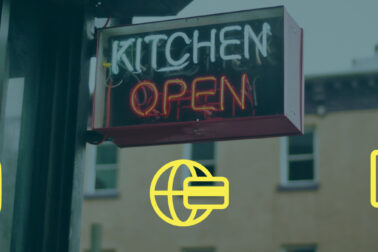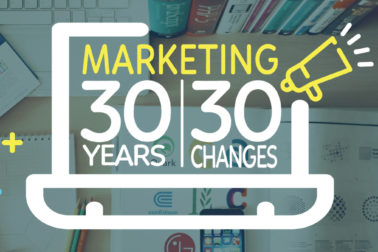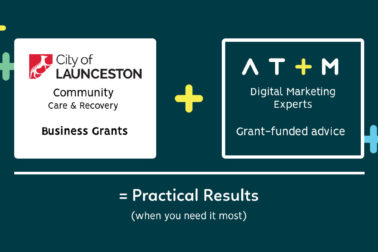In the current climate, adopting a customer-experience mindset is a sure-fire way to better connect with customers and foster long-term relationships. One of the most effective ways to do so is by putting yourself in your customers’ shoes and outlining each interaction a customer has with your business – also known as customer journey mapping.
Each of these interactions that you map out are considered the touchpoints with your brand that guide customers from one step of the purchasing process to another. At any point during the customer journey, it takes only one negative touchpoint experience for a customer to abort mission and choose another brand – from a slow-loading website to a team member with a bad attitude. These are the types of gaps that you work to close with customer journey mapping.
Before Purchase
Website
Reviews
Online Advertisements
In-Store Advertisements
Word Of Mouth
During Purchase
Website
Online Checkout
Staff Engagement
Checkout Line
In-Store Packaging
After Purchase
Order Fulfillment
Thank You Notes
Questionnaires
Newsletter
Loyalty Program

Picture this: You’re going on a holiday and need to purchase airline tickets. You see a deal on a Facebook advertisement and your friend always raves about that airline. You browse their website and end up purchasing the ticket. Afterwards, you receive an email about upgrading your seat, and you decide to call the airline’s customer service to make the upgrade. Travel day is here, and you receive an SMS letting you know your flight is now boarding. You enjoy the plane ride and land in your destination. A week later, you are emailed a feedback survey about your experience. You then sign up for their loyalty program.
That’s a total of 10 touchpoints in just one customer’s journey.
Just like this airline company, there are many touchpoints that a customer will run into with your brand. When you map out these customer journeys, you can identify the touchpoints and design scenarios to deliver the most positive experiences possible across the board. Here are just a few tips for creating your customer journey maps.
Connect the digital and physical
Consistency with your brand is one of the biggest customer experience factors to consider. When customers are online, they expect your Google Display Ads to match the branding of your website, and then the branding of your website to match the in-store branding. To promote this consistency, you should coordinate all of your marketing strategies and make sure that you are not ignoring your online presence and spending more time with the physical, and vice versa.
Consider before, during, and after purchase

The customer journey does not start nor end when they are in your store or on your website. They may have driven past billboards, read your Google reviews, or spoke about your brand with another customer before ever getting to that stage. And it also continues after they make a purchase – from newsletters to loyalty programs. Only when you consider the entire journey will you be able to influence the overall customer experience with your company.
Optimise your e-Commerce website
Your e-Commerce website is one of your biggest resources, but there are tons of customer journey disruptions that can occur just on your website alone, causing customers to abandon purchase. These factors include slow-loading pages, incomplete product descriptions, poor mobile experiences, a complicated checkout, and more. Creating a functional, user-friendly website that will guide your customer through the checkout process with the least amount of clicks possible is key.
Create multiple customer maps

Not every customer will walk the exact same line with your brand. Some customers may jump on your website and purchase online, and others will just walk in your store. Some customers may choose to contact customer support for shipping updates, and others will receive their packages with no questions. This means that when you are customer journey mapping, you need to put yourself in the shoes of a few different personas and map multiple customer journeys to really understand the whole picture.
Since most businesses are in the process of rediscovering their customers in the new normal, now is the time to finally map out your customer journeys. Once you discover where you may be dropping the ball in a customer’s end-to-end experience or where your customers may be getting lost, you can refine your marketing strategies for 2021 to include optimising these touchpoints. Only then will your company successfully create better customer experiences and retain more loyal customers.
If you are unsure how to go about mapping your customer experience and optimising your brand experiences both online and offline, reach out to our team for a no-obligation, one-hour consultation.




